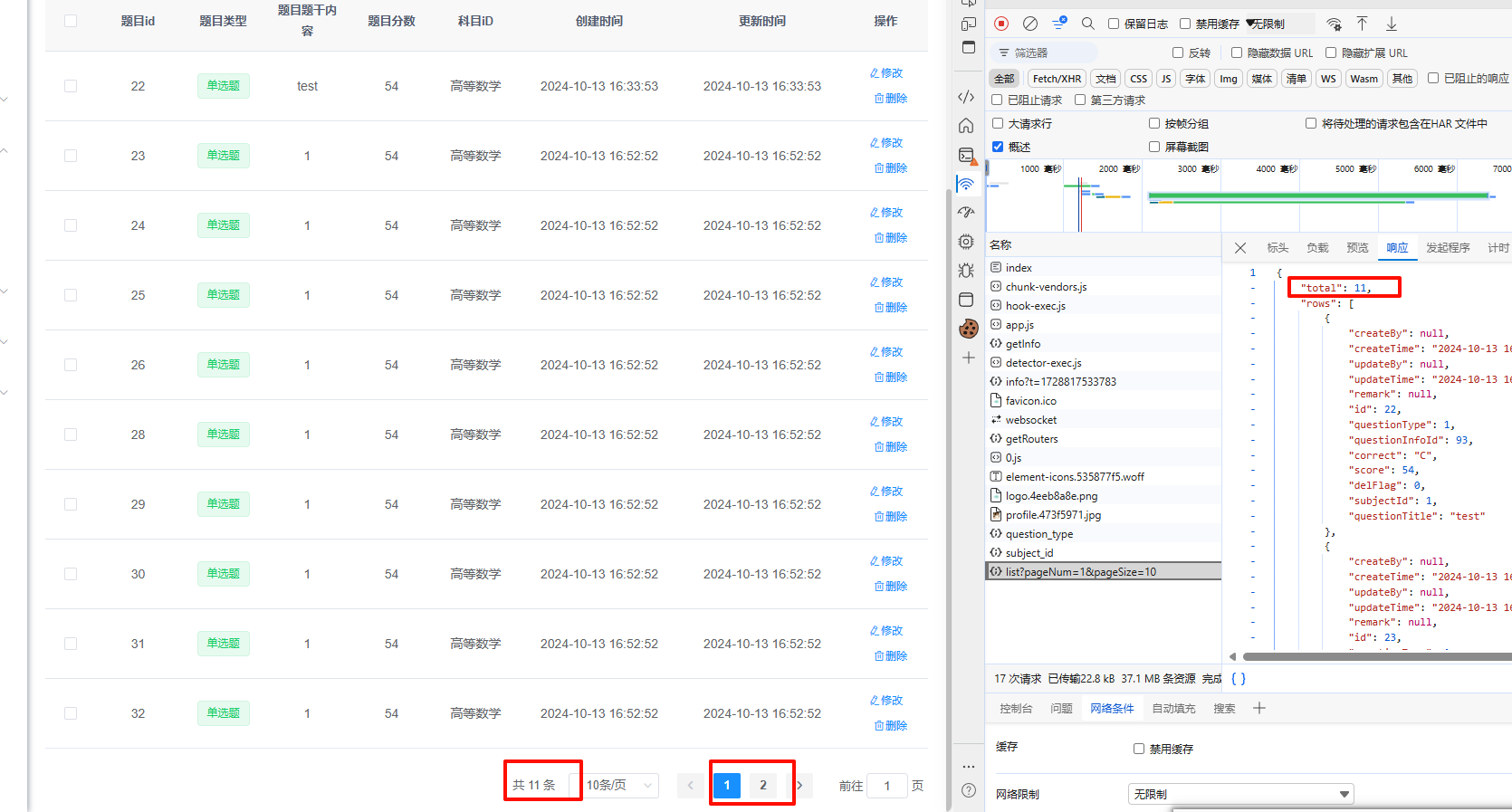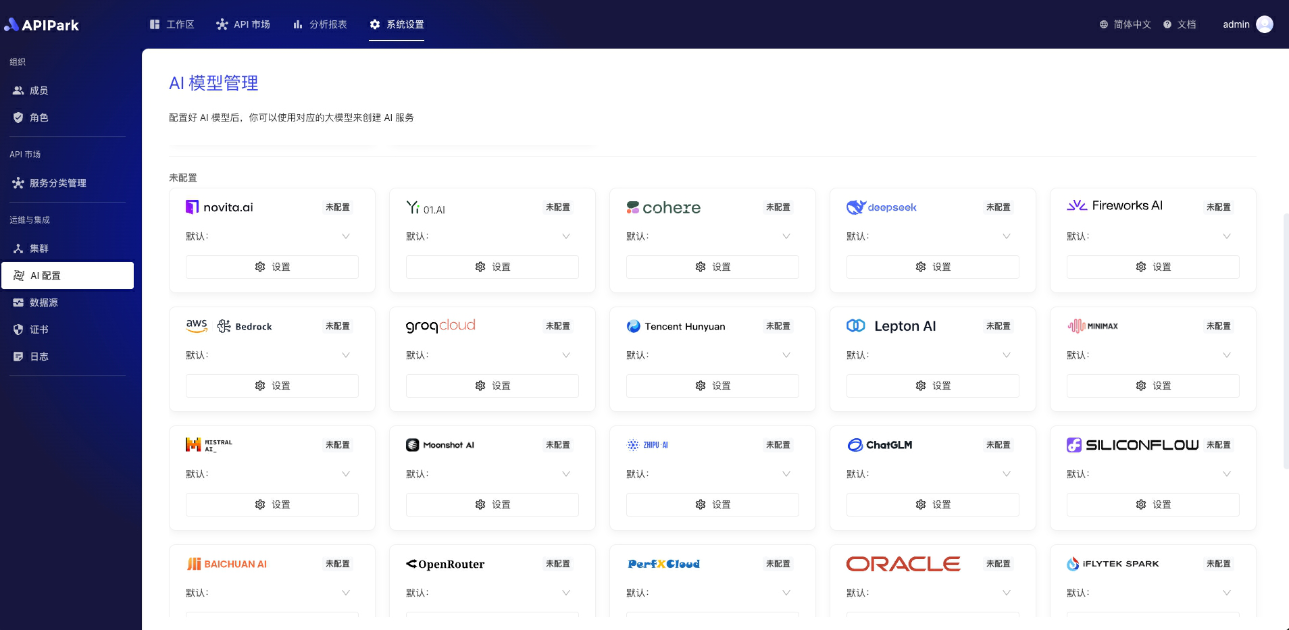5. 标准传输规格参考模型
5.1 一般付费电表功能参考图

In a single-device payment meter all the essential functions are located in a single enclosure as depicted in Figure 1 above, while in a multi-device payment meter it is possible for the TokenCarrierToMeterInterface to be located in a separate enclosure.
在单体付费电表中,所有重要功能分布在单一装置上,见上面图 1。在这种情形下,解码器和计量功能集成在一起,因此 DRN 可选择为电表同一系列号码。在多部件付费电表中,TokenCarrierToMeterInterface 可以位于单独的装置上(和计量功能分开)。例如,它可以自成独立电表,并拥有自己的电表系列号码。在这种情形下,DRN 和电表系列号码不相同,而且是显著不同,因此应印在带有解码器的装置上。
The IEC 62055-4x series primarily deals with the application layer protocol and IEC 62055-5x series with the physical layer protocol of the TokenCarrierToMeterInterface. The TokenCarrier is included in the Physical Layer.
NOTE MeterFunctionObjects are further discussed in 5.5.
注:MeterFunctionObjects 在 5.5 中进一步讨论。
In all cases, there shall only be one Application Layer implementation, thus there shall be only one DRN associated with a payment meter, whether it is a single or multi-device implementation, even though there may also be more than one Physical Layer implementation in the same payment meter.
对于所有情况,应只有一个应用层实现,因此应只有一个和付费电表相关的 DRN,不论是单体或多组件电 表;即使同一个电表有一个以上的物理层实现。
5.2 标准传输规格协议参考模型
Figure 2 – STS modelled as a 2-layer collapsed OSI protocol stack
图 2 标准传输规格分层式 2 层 OSI 结构模型

The STS is a secure data transfer protocol between a POS and a payment meter using a token carrier as the transfer medium. The application layer protocol deals with tokens and encryption processes and functions, while the physical layer protocol deals with the actual encoding of token data onto a token carrier (see Figure 2).
标准传输规格是一个 POS 和付费电表之间的安全传输协议,并采用令牌载波器作为传输介质。应用层协议 涉及令牌、加密过程和函数,同时物理层协议涉及令牌载波器上令牌数据的实际编码,见图 2。
Examples of physically transportable token carrier devices are: numeric, magnetic cards, memory cards and memory keys. Examples of virtual token carriers are: PSTN modem, ISDN modem, GSM modem, GPRS modem, Radio modem, PLC modem, Infra-red, LAN and WAN connections and direct local connection. These are defined in the IEC 62055-5x series.
物理性传输令牌载波器设备例子有数字卡和磁卡,内存卡和内存钥匙。虚拟令牌载波器例子有 PSTN MODEM、ISDN MODEM、GSM MODEM、GPRS MODEM、无线 MODEM、PLC MODEM、红外线、LAN 和 WAN 连接,以及直接本地连接。以上情况在 IEC62055-5X 系列有定义。
It shall be noted that although the model primarily depicts a POS to token carrier to payment
meter protocol, the same protocol is equally applicable to any other device that requires
communicating with the payment meter, for example CIS, MIS or portable HHU.
必须注意的是,虽然此模型主要描述 POS 到付费电表令牌协议。但这种协议也可以应用到其它任何需要和付费电表通信的设备上,例如 CIS、MIS 和便携式 HHU。
Although a collapsed 2-layered OSI architecture is followed in this document, it does not
preclude future expansion to include more layers should the need arise or for the implementer
to interpose additional layers between the two shown in this model.
在本标准中,虽然采用了折叠式 2 层 OSI 结构,但是它可容许未来的扩展,包括需要更多层,以及在此模型所示的二层之间加入其它层。
The APDU is the data interface to the application layer protocol, specified in IEC 62055-41
and the TCDU is the data interface to the physical layer protocol, specified in the
IEC 62055-5x series.
APDU 是应用层协议数据介面,并在本标准中作了规定。TCDU 是物理层协议数据介面,并在 IEC62055-5X 系列中作了规定。
The STS in this document defines a one-way data transfer protocol (i.e. from POS to payment
meter), although the reference model allows equally for a two-way transfer protocol, which
may be a requirement in a future revision of this document.
在本标准中,标准传输规格定义了单向数据传输协议(例如从 POS 到付费电表),虽然参考模型也适用于双向传输协议。双向传输协议将可能在本标准未来修订版中采用。



















